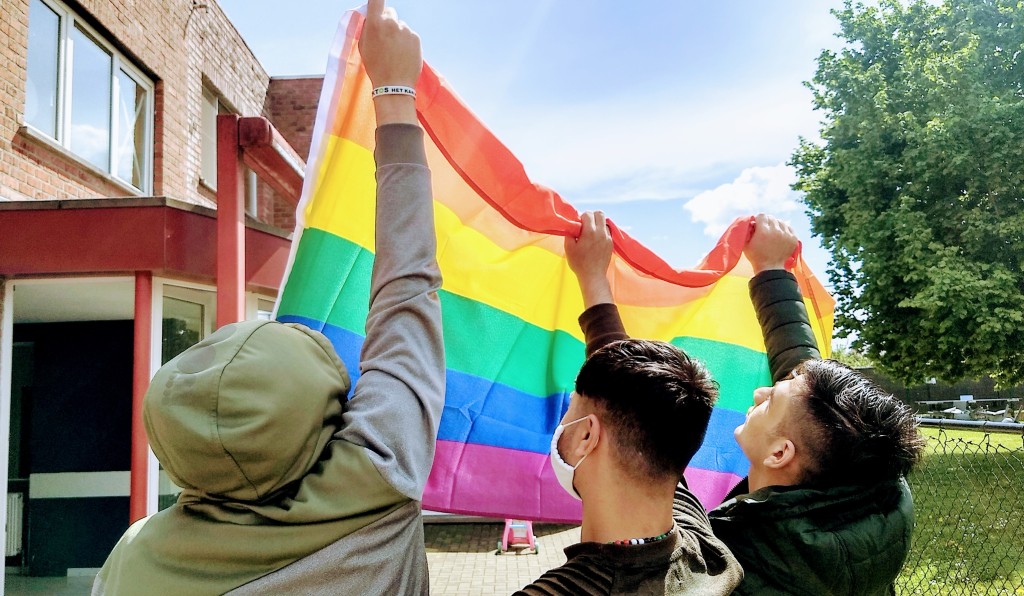Identity and sexuality
Different variations are possible within a person's gender identity and sexual orientation. It is important to respect these differences and to be understanding with each other.
Belgium strives to respect and accept everyone's gender identity and sexual orientation. To define the different variations of gender identity and sexual orientation, we use the umbrella term LGBTQIA+.

LGBTQIA+ stands for:
Lesbian
When someone identifies as a woman or non-binary person and is romantically/sexually attracted to other women.
Gay/Homosexual
When someone is romantically/sexually attracted to people with the same gender identity. The term is often used for men who are attracted to men.
Bisexual
When someone is romantically/sexually attracted to men and women. This attraction can change.
Trans person
When someone is born with sex characteristics of a man or woman, but these characteristics do not match how that person feels inside (gender identity/ gender expression). Trans people or transgender people may have undergone surgery or taken hormones to adopt the opposite sex, but this is not always the case. Trans people may also dress like the opposite sex.
Queer/ Questioning
When someone does not feel completely heterosexual. Non-binary people or people who feel comfortable in an undefined gender can also identify as queer.
Intersex person
Everyone's body is unique in sex characteristics, hormones, chromosomes... When someone is born with more or less characteristics of both sexes (male and female), that person can identify as an intersex person.
Asexual
Asexual refers to the attraction a person does, does not, or in different ways feels for other people.
+Plus
Plus refers to all other gender identities and sexual orientations not yet described. People who do not identify with a particular variant are also respected and accepted.


